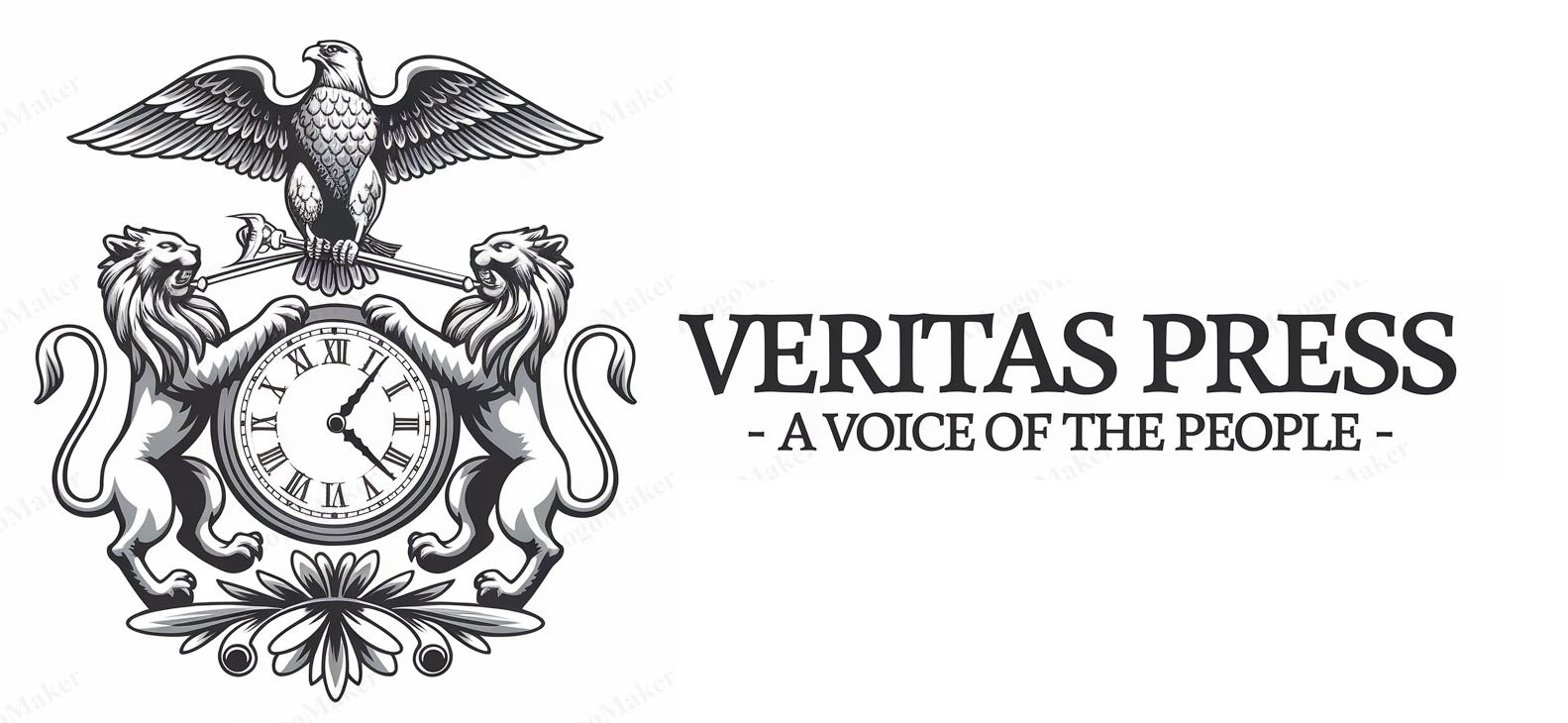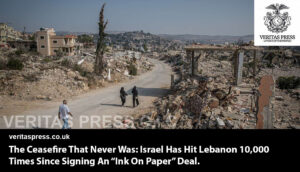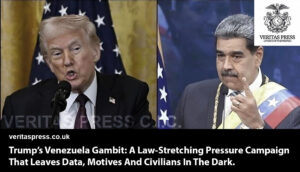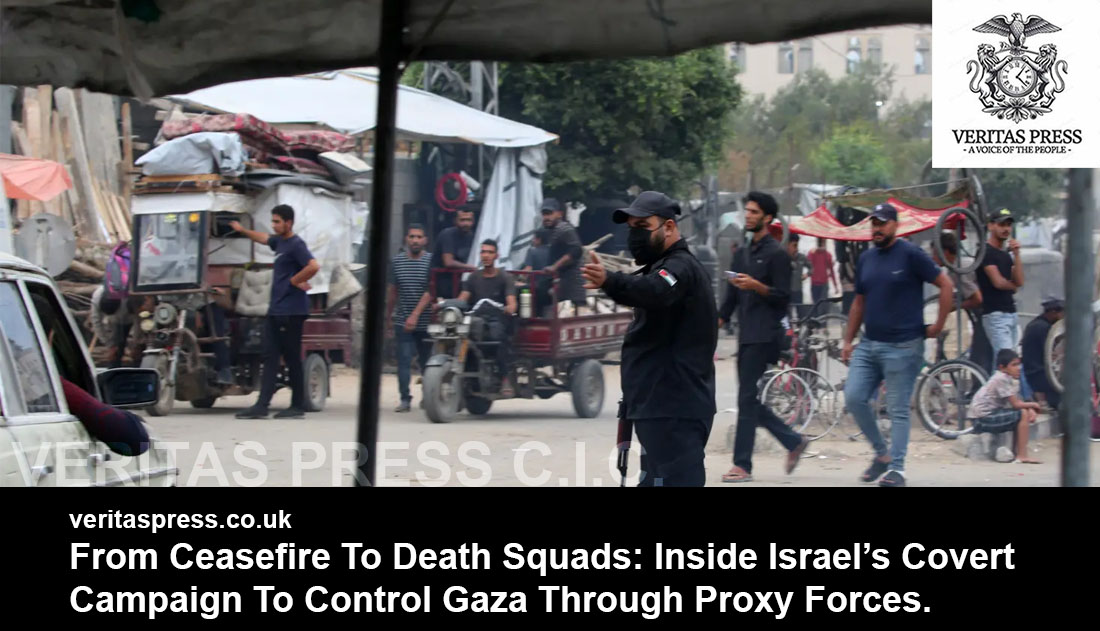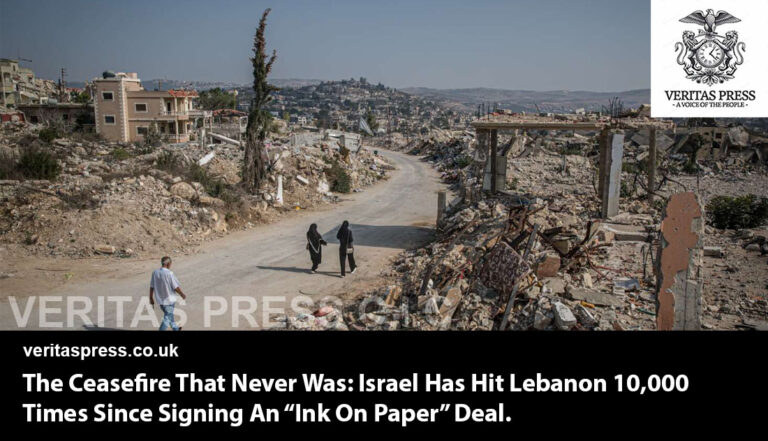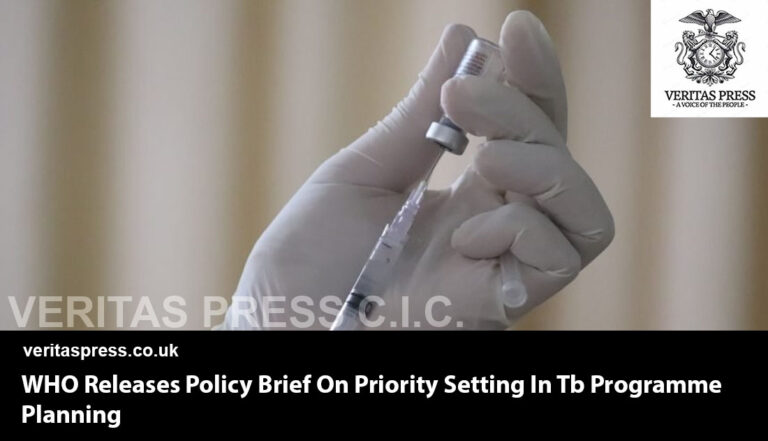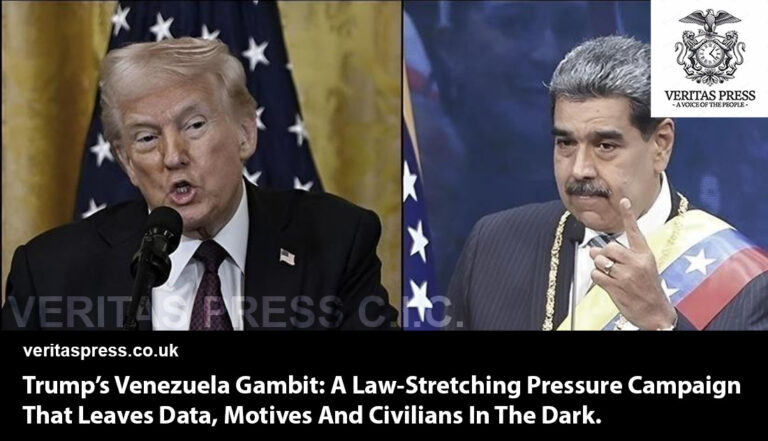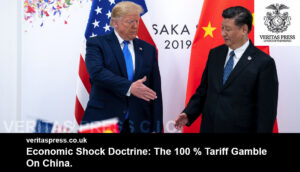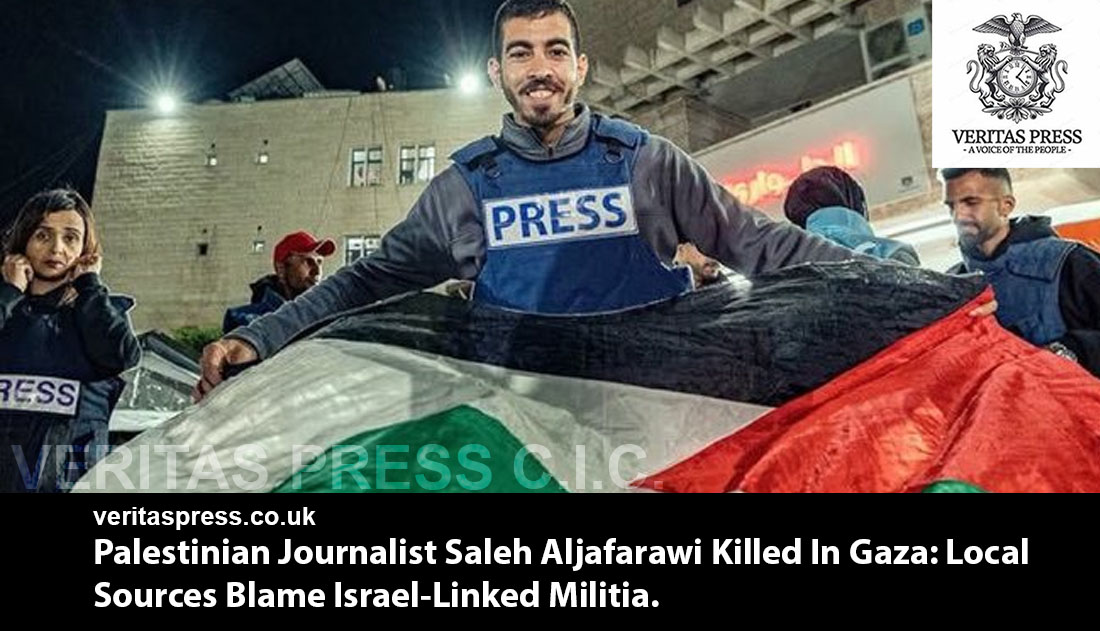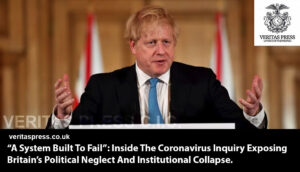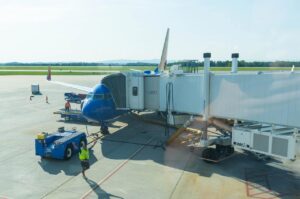Press Release: Veritas Press C.I.C.
Author: Kamran Faqir
Article Date Published: 13 Oct 2025 at 15:16 GMT
Category: Middle-East | Palestine-Gaza-West Bank | From Ceasefire To Death Squads
Source(s): Veritas Press C.I.C. | Multi News Agencies

Business Ads
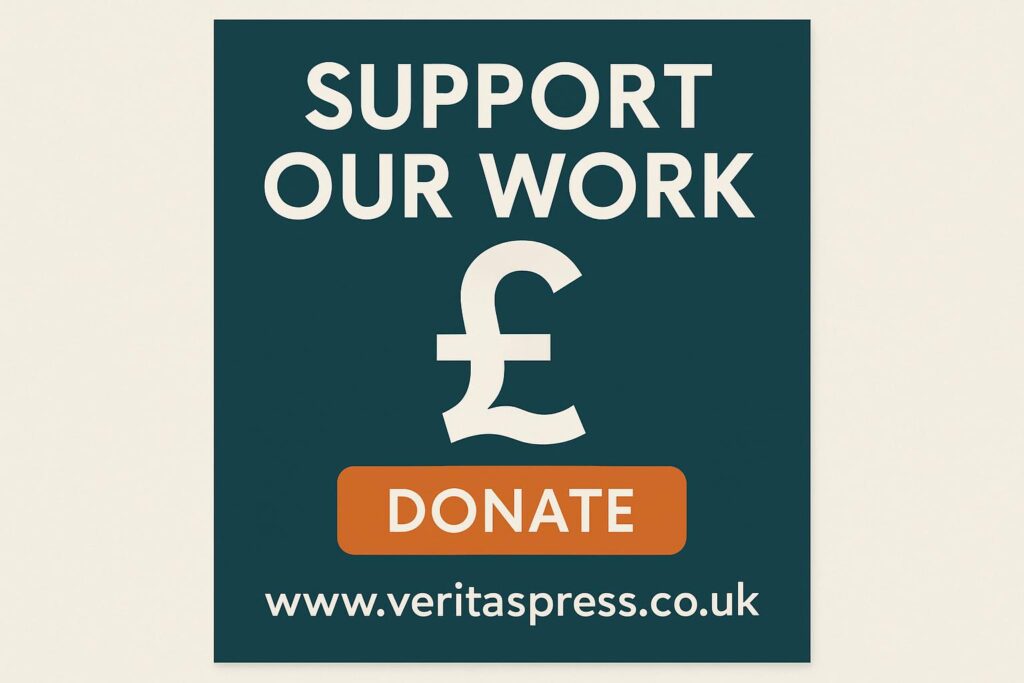

As overt Israel Defence Forces (IDF) operations in many parts of Gaza recede under ceasefire terms, a darker, less visible form of warfare is intensifying: the use of armed proxy gangs, criminal networks and former security agents to carry out assassinations, terrorise civilians, and fracture Palestinian society from within. What has been cast as an internal struggle or a civil conflict is, in reality, a continuation of Israel’s war on Gaza by other means, a proxy war within the ruins.
The Ceasefire Façade And Persistent Control:
Under the latest ceasefire, often referred to as “phase one,” Israeli troops supposedly withdrew from many densely populated areas. Yet, reports suggest the IDF continues to control between 56-58% of Gaza’s territory, especially strategic zones, buffer areas, and chokepoints. Within hours of the ceasefire’s start, nearly 40 civilians were reportedly killed, many by gunfire, underscoring how partial withdrawal does not equal a genuine end to violence.
Instead, Israel appears to have pivoted to a hybrid strategy: deploying (or tolerating) proxy forces to carry out the dirty work, assassinations, terror campaigns, and armed raids, so that it can maintain strategic dominance while claiming distance from the bloodshed.
Rise Of The Collaborator Militias:
Since 2024, several militia groups have emerged in Gaza with overt or covert backing from Israel. They operate militarily, politically, and economically, looting, extorting, assassinating, and targeting both Hamas-affiliated security forces and civilians.
The Popular Forces / Yasser Abu Shabab:
Operating in eastern Rafah, the group calling itself the Popular Forces is led by Yasser Abu Shabab, a figure previously known in Gaza’s criminal underworld with alleged ties to drug trafficking and extremist networks.
- After Israel seized the Rafah crossing in May 2024, the Popular Forces began demanding bribes (around US$4,000) from humanitarian organisations under threat of seizure or diversion of aid.
- Under IDF protection, Abu Shabab’s men hoarded aid and released it slowly into black markets, preying on an already starving population.
- In 2025, Israel publicly admitted to arming anti-Hamas elements in Gaza, comments widely interpreted as referring to Abu Shabab’s group.
- Critics argue that the Israeli backing is part of a scheme to portray these militias as “grassroots alternatives” to Hamas, a public relations facelift over criminal collaborators.
- Analysts warn that these groups are essential to Israel’s strategy of disintegrating Gaza’s social fabric, converting it into fragmented fiefdoms under competing warlords.
Counterterrorism Strike Force (CSF) And Hossam Al-Astal:
In Khan Yunis, the Counterterrorism Strike Force (CSF), led by Hossam al-Astal (a former Preventive Security Force operative), has been accused of hospital raids, looting, assassinations, and acting as Israel’s ground enforcers against resistance fighters.
- The CSF’s close linkage to Israeli intelligence bodies (notably Shin Bet) is often asserted in local analysis.
- In public statements, al-Astal has positioned his group as a necessary alternative to Hamas, claiming that Gaza needs new leadership, even if that means cooperation with Israel.
People’s Army Northern Forces & The Doghmush Clan:
In northern Gaza, especially in Gaza City, Jabaliya, and Beit Lahia, yet another militia has surfaced: the People’s Army Northern Forces, reportedly aligned with the Doghmush clan and led by Ashraf Mansi.
- This group is believed to have operated during Israel’s re-invasion of northern zones, targeting resistance elements in those neighbourhoods.
- The Doghmush clan has a long, complicated local reputation; some members resisted collaboration and were reportedly killed as a result, while others were coerced or incentivised to join proxy operations.
- Observers note that Israel has deliberately chosen marginal or unpopular actors (in terms of local social standing) to lead these militias, ensuring they remain pliable and isolated.
Fatah-Linked Clans: The Khalas & Others:
Beyond explicitly armed gangs, Israel and the Palestinian Authority (PA) have sought to empower Fatah-aligned clans in Gaza, such as the Khalas clan, as counterweights to Hamas.
- The Khalas clan, historically opposed to Hamas, has received protection, weapons, and operational cover from Israel in Shuja’iyya, eastern Gaza City.
- These clan-based militias act less like coherent forces and more like local enforcers and intermediaries, facilitating Israeli influence within Gaza’s social network.
Proxy Terror In Action: Assassinations, Raids, And Explosions.
Targeting Resistance Figures & Civilians.
Over the past week, these proxy forces have demonstrated their evolving role:
- Mohammed Imad Aqel, son of a senior Al-Qassam commander, was assassinated, among the first high-profile killings.
- On October 12, 2025, prominent Palestinian journalist Saleh Aljafarawi (aka “Mr FAFO”) was fatally shot, allegedly by Israel-backed militias in the Sabra neighbourhood of Gaza City, while he was documenting destruction in the wake of Israeli withdrawal.
- Local sources claim he was kidnapped, tortured and executed with seven bullets at point-blank range, despite wearing a press vest.
- The Gaza Government Media Office condemned the killing as a direct result of Israel’s strategy of employing proxy militias to target Palestinian journalists.
- In the same operation, a son of Hamas politburo member Bassem Naim was also reportedly killed, along with civilian returnees.
- As proxies carried out ambushes, Hamas’ security forces (often alongside Qassam elements) retaliated. They raided a hideout in Sabra, reportedly eliminating dozens of militia members and capturing intelligence materials, including hit lists and Israeli-supplied weapons.
These events show that the collaborationist militias are not just operating on the margins, but have become active participants in violent power struggles across Gaza.
The Battle for Gaza City: Clan vs Resistance.
In recent days, fierce street battles erupted between Hamas forces and the Dughmush clan in Gaza City. Reports indicate at least 27 people were killed. The conflict centred around Sabra and Tel al-Hawa, following the assassination of militant figures and clashes over post-withdrawal control.
The Doghmush-linked militias appear to have sought to consolidate control in Sabra, but were met with swift pushback from Hamas’s internal security apparatus.
Security Crackdowns by Hamas.
In their response, Hamas’ forces have launched security sweeps targeting militias accused of looting and collaborating with Israel. According to Reuters via TRT World, Hamas killed 32 members of a gang in Gaza City responsible for stealing aid goods, arrested 24, and wounded 30 others.
These crackdowns signal that Hamas is attempting to reassert control over internal security, but they risk being portrayed (domestically and abroad) as heavy-handed or factional, especially in a context where Israel’s narrative is already framing the conflict as internal Palestinian turmoil.
Strategic Objectives: Why Use Proxies?
Israel’s use of collaborator gangs in Gaza is not accidental, it aligns with a broader strategic architecture:
- Deniability & Narrative Control
By outsourcing violence, Israel can deflect culpability, branding assassinations as internal Palestinian disputes or civil strife rather than direct actions of the occupation. - Territorial Control without Direct Occupation Costs
Proxy militias allow Israel to maintain influence over key zones without having to sustain a large ground presence, troops can stay behind, while local enforcers do the day-to-day suppression. - Fragmentation & Destabilization
Empowering multiple competing militias fractures the coherence of Palestinian governance and weakens the possibility of unified resistance or political reconstruction. - Aid as a Weapon
Control over aid distribution is itself a lever of coercion. Proxy gangs acting under Israeli oversight have looted, extorted, and controlled food flows, turning starvation into policy. - Propaganda & Delegitimisation of Resistance
When clashes occur, Israel can claim they reflect internal governance collapse, Hamas brutality, or infighting, rather than the external application of force.
Challenges, Blowback, And The Limits Of Proxy Warfare:
Unruly Proxies & Israeli Concerns.
Even Israeli insiders express concern over these militias’ autonomy. A Haaretz investigation reported that some Israeli officers felt the supported militias were spiralling out of control, occasionally acting against Israeli military interests. Some units reportedly received direct orders from the Israeli chain of command, further exposing the interconnectedness.
Resistance and Retribution.
Hamas and other resistance factions are actively hunting collaborators. The Sabra raid after Aljafarawi’s assassination, the killings of aid-looting gangs, and security sweeps across Gaza reveal that the internal conflict is intensifying. The militant groups are in a high-stakes struggle; either they push the proxies out or risk being overwhelmed by them.
Popular Rejection.
Israel has, by and large, picked the least socially legitimate actors for its proxy campaign: clans with weak or tarnished reputations, outlaws, or previous criminals. In northern Gaza, many locals despise the Doghmush clan; in Rafah, Abu Shabab’s own Tarabin tribe publicly rejects his collaboration.
This alienation limits the proxies’ ability to claim legitimacy, reducing their popular base and making them heavily reliant on Israeli support.
The Perils of Proxy Fragmentation.
One inherent risk of this strategy is that these militias may become rivals not only to Hamas but to each other, or even turn on Israeli interests. Chaos could spiral beyond control, undermining any stability Israel hopes to project.
The Latest Developments (October 2025):
- Assassination of Aljafarawi: The killing of journalist Saleh Aljafarawi drew widespread condemnation and renewed attention to Israel-proxy violence.
- Internal Clashes in Gaza City: Heavy battles between Hamas and Doghmush-enabled militias have left dozens dead and left the territory contested.
- Hamas Crackdown on Gangs: Hamas security forces killed 32 gang members connected to theft of relief goods, in an escalation of internal security operations under the ceasefire.
- Shutdown of GHF Aid Sites: Under ceasefire conditions, food distribution sites run by the America-Israeli–linked Gaza Humanitarian Foundation (GHF) have begun shutting down. Accusations of using these sites as “death traps” have intensified.
- Proliferation of Militias: According to The Guardian, up to a dozen new militias have emerged across Gaza under Israeli backing, surpassing just the Popular Forces and CSF.
- Political Concessions and Tensions: U.S. mediator Trump has claimed Hamas has “temporary approval” to restore internal order in Gaza, even as controversy swirls over whether those powers will be misused.
- Fears of a Purge: After recent clan-led killings of Hamas members, analysts warn of a broader “collaborator purge” by Hamas, as the group seeks to reassert authority post-ceasefire.
These developments amplify the central argument: the violence and regime change Israel seeks in Gaza is now being waged not by bombs alone, but by gangs and militias that Israel arms, directs, and conceals under a veneer of internal conflict.
Outlook: War By Proxy, Forever.
In the coming months, several trajectories seem probable:
- Escalating Proxy Violence
Collaborator militias will likely intensify assassinations, kidnappings, and raids, particularly targeting Hamas affiliates, journalists, and community leaders. - Ongoing Retaliation & Internal Conflict
Hamas and Qassam forces will continue purging collaborators, leading to urban warfare within Gaza zones, as the internal battle for legitimacy escalates. - Propaganda Wars & Narrative Framing
Israel will seek to portray clashes as earthy civil breakdown, so-called “popular uprisings,” or internecine Palestinian violence, tests of whether global audiences buy the narrative. - Chaotic Reconstruction & Population Relocation
Israel may push Gaza’s displaced into zones dominated by proxies (under Israeli oversight), attempting population control without direct occupation. But trust will erode fast. - Collapse of Governance & Entrenchment of Warlords
If the project succeeds, Gaza might crumble into fragmented mini-states run by rival militias, unable to reconstruct or unify under any civilian authority. - International Accountability Challenges
Because Israel is hiding behind proxies, proving complicity becomes more complex. Human rights actors will need to trace supply chains, weapons, orders, and financing to the Israeli apparatus.
Conclusion: The Architecture Of A Manufactured Chaos.
Israeli forces may have pulled back their tanks and troops from many Gaza neighbourhoods under ceasefire terms, but their war never really ended, it evolved. The collaborator gangs, death squads, and criminal militias now interchangeably acting as Israel’s foot soldiers are central to this new phase: enabling suppression, entrenching occupation, and reengineering Gaza’s social and political geography from within.
This evolution marks not peace, but the refinement of violence, a deliberate transformation of genocide into governance by proxy. What Israel could not achieve through airstrikes and armoured divisions, it now pursues through mercenary networks of criminal gangs and informants. This system of “managed chaos” allows Israel to dominate Gaza without appearing to occupy it, to kill without accountability, and to destabilise without direct confrontation.
Far from being spontaneous, the rise of these collaborator militias is the logical extension of Israel’s long-standing strategy: fragmenting Palestinian unity, dismantling resistance, and creating a political vacuum to be filled by chaos. By weaponising local rivalries and criminal networks, Israel has built a second occupation, invisible, deniable, and enduring. These gangs are not independent actors; they are instruments of state policy, armed, informed, and directed through covert channels.
At the heart of this project lies Israel’s application of psy-ops directives, psychological warfare strategies designed to control narratives, manipulate perception, and induce collective paralysis within Gaza. The deployment of false “community leaders,” the orchestration of propaganda about “civil disorder,” and the selective leaking of intelligence to fuel distrust are all part of a wider psychological campaign aimed at eroding Gaza’s social cohesion. This is warfare of the mind as much as of the body, a campaign to make Palestinians doubt one another, question their resistance, and internalise the illusion of defeat.
What emerges is a meticulously designed ecosystem of terror, one that converts Gaza’s deprivation into control. Each act of looting, each assassination of a journalist, each raid on a hospital or security office is not random; it is the continuation of a state policy that merges organised crime with counterinsurgency. The collaborator gangs enforce what Israel’s tanks once did: fear, division, and submission, now embedded within the very social fabric of Gaza.
This model of warfare, occupation through proxies, echoes the darkest precedents of colonial counterinsurgency: South Lebanon, Nicaragua, Iraq. But in Gaza, it has reached a new level of psychological and structural cruelty. Israel’s armed gangs masquerade as reformists, its death squads as civil defenders, its collaborators as “community leaders.” Western governments and media amplify this illusion, recasting a system of militarised exploitation as a “post-Hamas order.”
These proxy wars, masked as civil strife, are the strategic continuation of the siege on Gaza. Until the world sees beyond the façade, the violence will persist, the dead will accumulate, and the structures of resistance and civil society will be hollowed out from the inside.
If this experiment succeeds, Gaza will not simply be devastated; it will be redesigned: ruled not by its people but by Israel’s enforcers, fractured into lawless enclaves, its humanity eroded under the pretence of self-rule. The collaborator gangs are not just instruments of repression; they are the visible manifestation of Israel’s ambition to make Gaza permanently ungovernable, perpetually dependent, and internally divided.
The genocide has not ended; it has merely changed hands. The bullets may no longer be fired from Israeli rifles, but they are still guided by Israeli orders. To expose this reality is to confront the brutal truth that Gaza’s suffering is not a tragedy of war; it is the blueprint of control, executed through both violence and deception, by an occupation that has learned to disappear itself.
